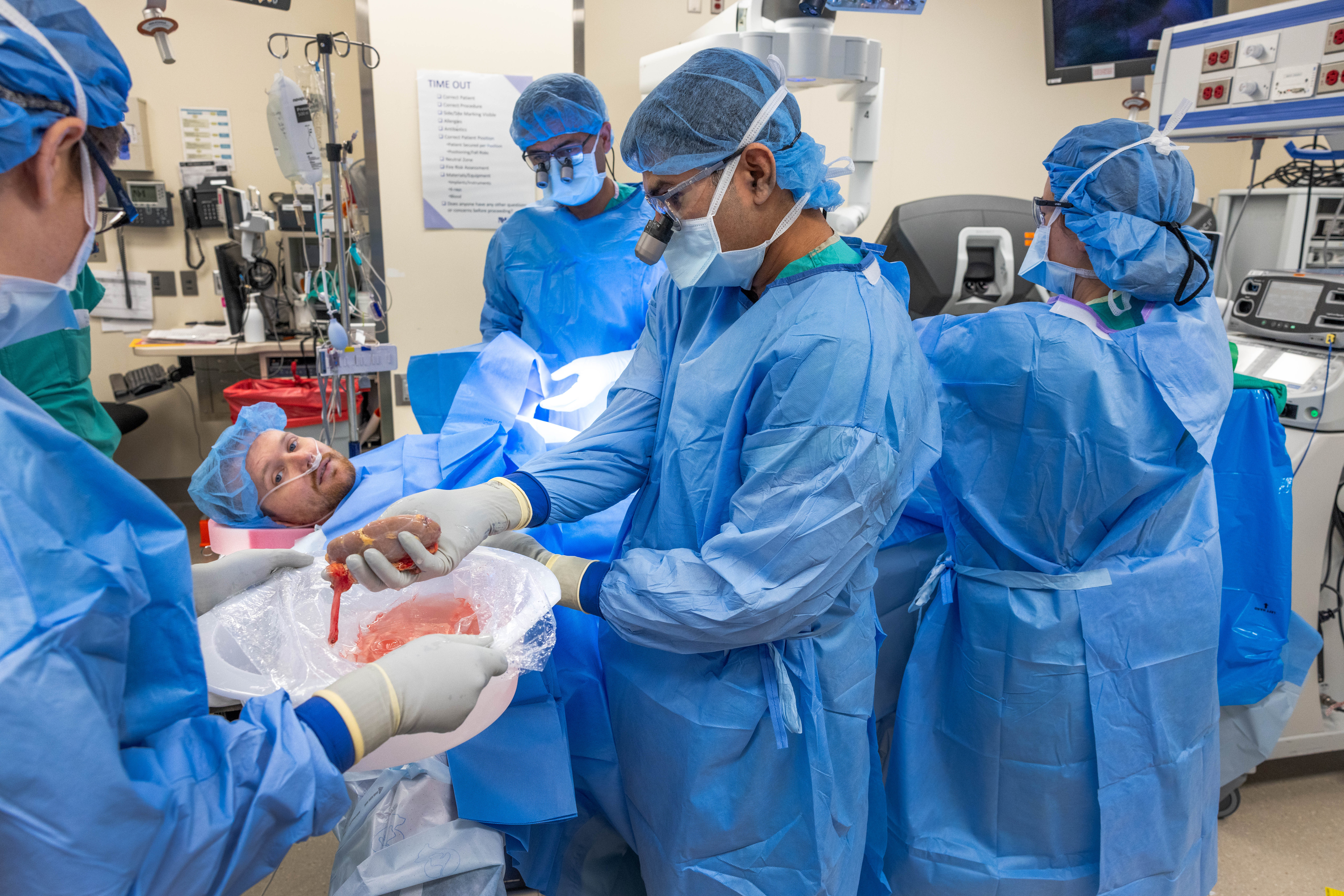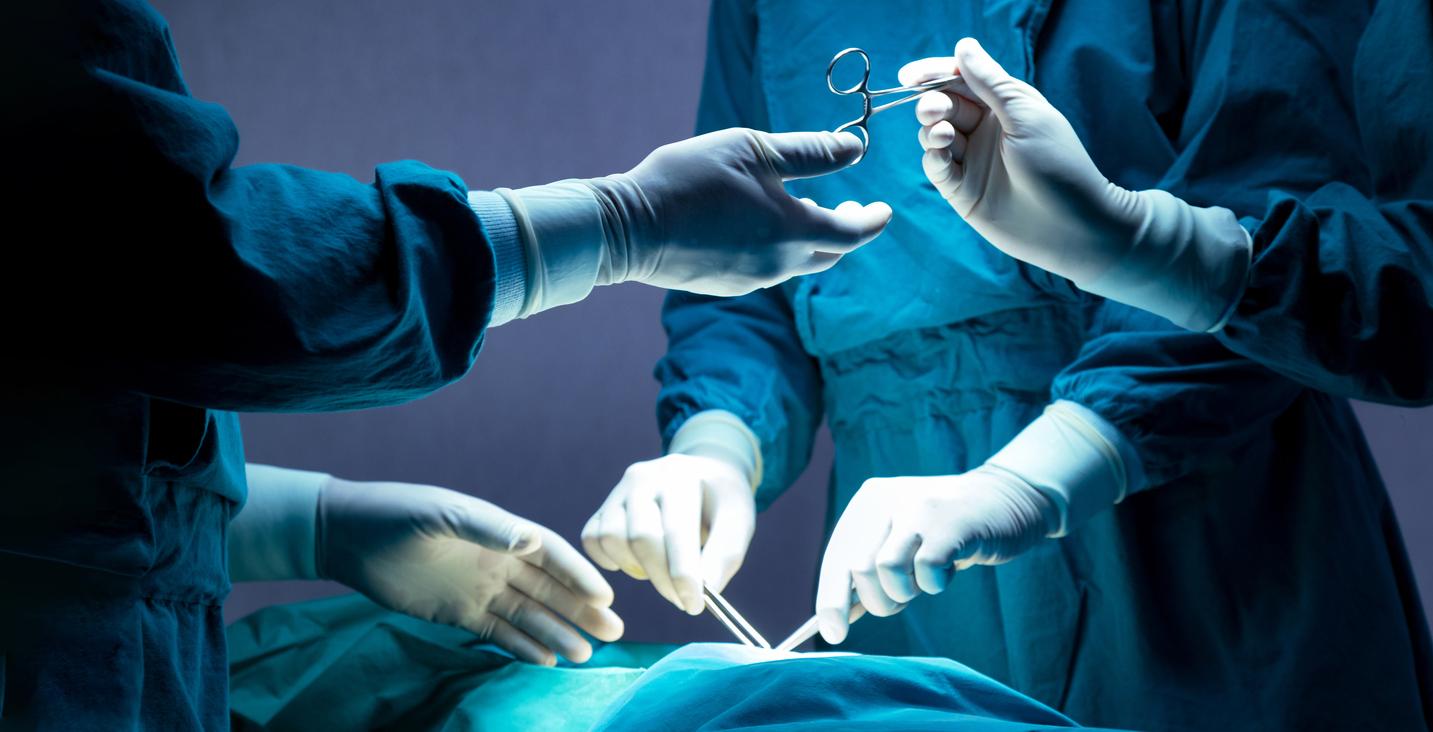Store in the cold, and supply oxygen and nutrients: this is how researchers were able to preserve organs for up to 3 days before transplanting them to rats.

Before each transplant, a count is set up: precise 24 hours. This is the time limit for keeping an organ. But this duration could be tripled. A study, published on June 29 in Nature Medicine, presents a new storage method that would extend the conservation of a viable organ to 3 days.
Stored at -6 ° C without freezing
Since the first transplant, 60 years ago, organ transplants have continued to evolve, each time with a limit: organ viability. Today, only 24 precious hours have to separate the harvest and the transplant. Beyond that, the organ is no longer considered viable, because the cold and the preservative solution begin to damage the tissues.
Researchers at the Massachusetts General Hospital in Boston (Massachussetts, United States) have modified the solution used to store organs awaiting transplant. Always kept in the cold, they are “fed” by an infusion machine which supplies them with oxygen and nutrients. There are added two specific compounds that protect the organ removed from freezing: 3-O-methyl-D-glucose and polyethylene glycol – known to be an antifreeze. The organs are then gently cooled until reaching the freezing point (-6 ° C), but without freezing. This is the “supercooling” sought by the team. Stored for several days, they are then gently warmed up and again supplied with oxygen and nutrients.
58% survival after transplant
The tests carried out on rat livers have been successful. Transplants from organs stored at -6 ° C for 3 to 4 days allowed the rats to survive for 3 months. The survival rate was 48%. Much better than specimens that received an organ that was neither perfused nor cooled – who never survived the transplant – or those who received an organ perfused with only one supplement – who did not exceed one week. “The next step will be to conduct similar studies on larger animals. It’s exciting to see such advances in small animals, by recombining and optimizing existing technologies, ”enthuses Dr. Rosemarie Hunziker, who participated in the study. “It turns out that it was the use of all these approaches at the same time that made it possible to be successful. “
In practice, tripling the life of a harvested organ has many advantages. This would allow the organs to travel further to a compatible recipient, to such an extent that the authors of the study are considering “transcontinental” transplants. The technique also allowed patients and doctors to better prepare for the operation. This is key when we know that out of 19,000 people awaiting transplants in 2013, only 5,000 had an operation. But it will still take many years before opening this method to humans: studies on larger animals will be necessary, then it will be necessary to adapt the protocol to human organs.
.

















